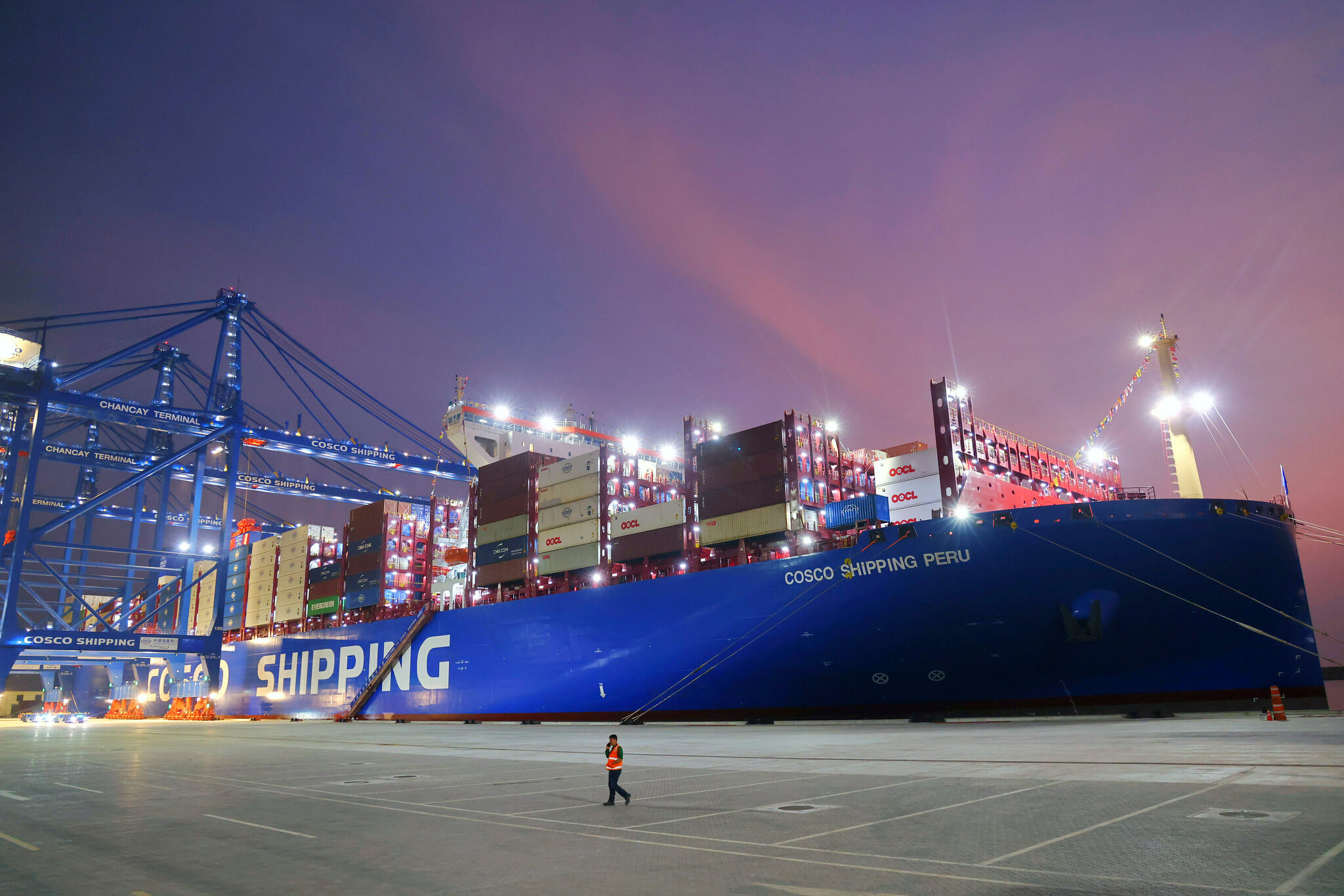Chancay Port: A New Strategic Hub in Transpacific Trade and China’s Influence in Latin America
Photo: Presidencia Perú Flickr.
The recent visit of Xi Jinping to Peru, as part of the Asia-Pacific Economic Cooperation (APEC) Economic Leaders’ Meeting, marked two key milestones in Sino-Peruvian relations: the update of the Free Trade Agreement and the inauguration of the Chancay mega-port. The latter, predominantly financed by China’s state-owned Cosco Shipping, is considered a flagship project of the Belt and Road Initiative (BRI). The investment, which could reach $3.4 billion, aims to transform transpacific trade by reducing transport times between Latin America and Asia from 45 to 23 days.
Parsifal D’Sola, director of the Andrés Bello Foundation, emphasized that “the Chancay port, while representing a large-scale project, does not seem to be a game changer at the regional level. As for the repercussions with the new administration in Washington, these will largely depend on the policies the Trump administration adopts toward Latin America. Based on his first term, Trump has promoted a transactional foreign policy where counterparts must offer tangible benefits to U.S. interests to reach agreements. All indications suggest that this quid pro quo policy will deepen in his second term.”
“Chancay will be a strategic transshipment point for cargo from smaller vessels from Colombia, Ecuador, and Chile destined for Asia,” D’Sola added. He noted that this port highlights Peru’s role within the emerging “Latin-Pacific” region and reinforces China’s strategy of consolidating global connectivity. He further stated, “China has demonstrated proactivity in filling the voids left by the U.S. in the region. If Trump opts to exert political or economic pressure on Latin American countries to limit or regulate their exchanges with China, such a stance is likely to generate resistance, which could ultimately open even more space for Chinese participation.”
Camilo Defelipe, academic and researcher at the Pontificia Universidad Javeriana, observed that “Latin America will not be a priority for Trump, making Chancay an opportunity for China. The U.S. views Chancay as a platform for Chinese influence in South America. Washington may potentially restrict Peruvian imports of Chinese origin.”
On the other hand, Stephen Chan, professor at the School of Oriental and African Studies at the University of London, argued, “Everyone is speculating about a trade war between the U.S. and China, which will be harder to wage than often assumed. China has significant financial interests in the U.S. and therefore some degree of influence. Both sides can play hardball. Without a doubt, there will be some tightening of trade protocols and the introduction of new tariffs.”
In this context, the Chancay port represents a milestone in China’s strategy to strengthen its presence in Latin America. While it may not completely redefine regional dynamics, as D’Sola pointed out, it consolidates Peru as a key player in transpacific trade and illustrates how China intertwines economic and geopolitical interests to expand its global influence.
Main Source: (Spanish)
Related News:
Xi Jinping: “Chancay Will Generate Shared Gains and Regional Benefits”
Peru and China Promote Sustainability in Ports and Maritime Transport
Chancay Megaport: Dispute Between Cosco and Peruvian Authorities
Externar Links: (Spanish)

